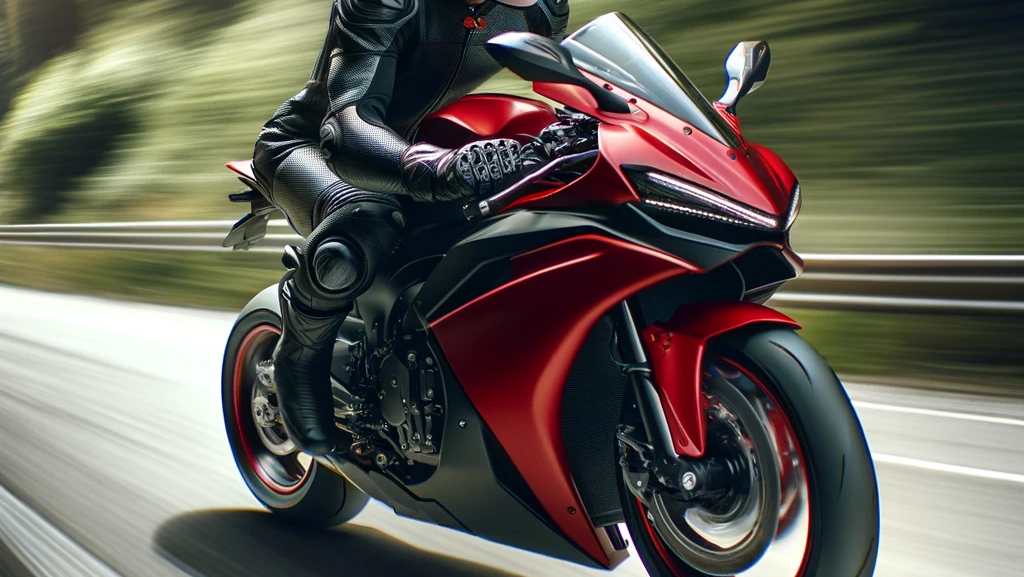Buying a used motorbike can be an exhilarating yet daunting experience. With so many options out there, how do you ensure you don’t end up with a lemon? Our ultimate guide walks you through the essential steps to make a smart purchase and ride away happy.
Why Buy a Used Motorbike?
Purchasing a used motorbike can save you a significant amount of money compared to buying new. Depreciation hits new bikes hard, so a model just a few years old can be much more affordable while still offering great performance. Plus, the market for used bikes is vast, giving you a wide array of choices.
Do Your Homework
Before you even start looking at bikes, it’s crucial to do some research. Understand the type of bike you want and what’s best for your needs. Are you looking for a cruiser, sportbike, touring bike, or a dirt bike? Each type has its pros and cons, so be sure to know what fits your riding style.
Research the Market
- Popular Models: Check out reviews and forums to see which models are well-regarded.
- Common Issues: Every bike has its quirks. Knowing common problems can help you spot potential issues.
- Price Range: Get a sense of the going prices for the models you’re interested in. Websites like Kelley Blue Book and NADA Guides can be helpful.
Inspection Tips
Inspecting a used motorbike thoroughly is perhaps the most critical step in ensuring you don’t buy a lemon. Here’s a checklist to guide you:
Visual Inspection
- Overall Appearance: Look for any signs of damage, rust, or excessive wear.
- Frame and Suspension: Check for cracks or signs of repair. The frame should be straight with no signs of bending.
- Tires and Wheels: Examine the tires for wear and ensure the wheels are free of dents and cracks.
- Brakes: Inspect the brake pads and discs. They should have plenty of life left and be free of deep grooves.
- Chain and Sprockets: These should be well-lubricated with no excessive wear.
Mechanical Inspection
- Engine: Look for oil leaks and listen for any unusual noises when the engine is running.
- Transmission: Ensure the bike shifts smoothly through all gears.
- Clutch: Test the clutch for smooth engagement and disengagement.
- Electrical Components: Check that all lights, indicators, and the horn are working properly.
Test Ride
A test ride is crucial. It’s your chance to feel how the bike performs on the road.
What to Look For
- Starting: The bike should start easily, both cold and warm.
- Handling: Ensure the bike tracks straight and feels stable.
- Braking: Test the brakes for effective stopping power without any unusual noises.
- Acceleration: The bike should accelerate smoothly without hesitation.
Check the Bike’s History
Knowing the history of the bike can provide valuable insights. Ask the seller for:
- Service Records: Regular maintenance records indicate a well-cared-for bike.
- Ownership History: Fewer owners can often mean a more predictable bike history.
- Accident History: Any major accidents should be disclosed.
Use online resources like VIN check services to verify the bike’s history.
Negotiating the Price
Once you’ve done your inspection and test ride, it’s time to negotiate. Here are some tips:
- Know the Market Value: Having a good idea of the bike’s worth gives you a strong starting point.
- Point Out Issues: Use any problems you found during the inspection as leverage.
- Be Ready to Walk Away: Sometimes the best deal is the one you don’t make. Don’t be afraid to walk away if the price isn’t right.
Red Flags to Watch Out For
While looking at used bikes, be cautious of:
- Too Good to Be True Prices: Extremely low prices could indicate hidden problems.
- Incomplete Paperwork: Always ensure the bike has a clear title and all necessary documentation.
- Pressure Sales Tactics: Take your time. Don’t let the seller rush you into making a decision.
Conclusion
Buying a used motorbike can be a fantastic way to get a great ride at a lower price. However, it requires diligence and careful inspection to avoid ending up with a lemon. By doing your homework, inspecting the bike thoroughly, taking a test ride, checking the bike’s history, and negotiating wisely, you’ll be well on your way to finding the perfect used motorbike. Happy riding!

